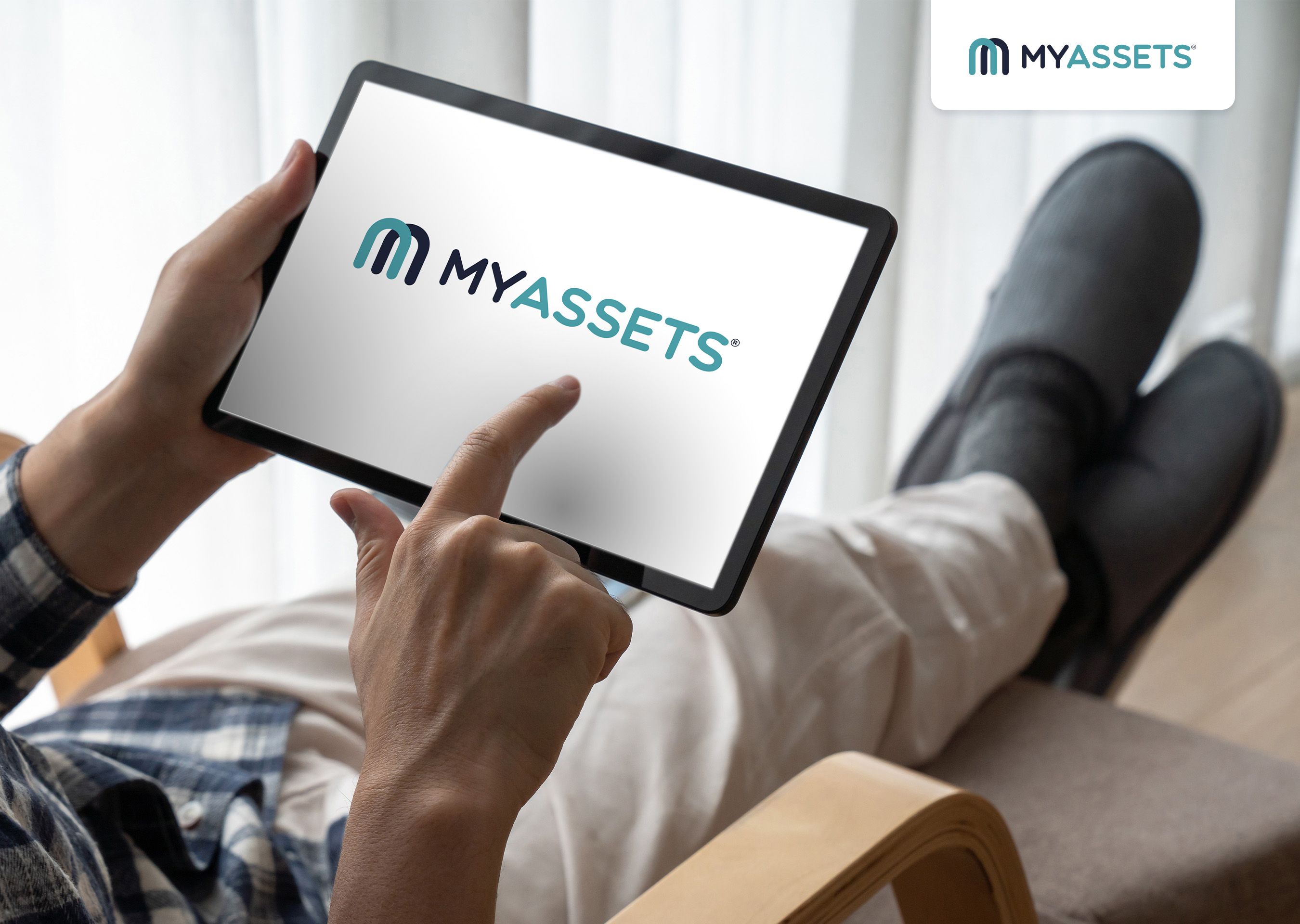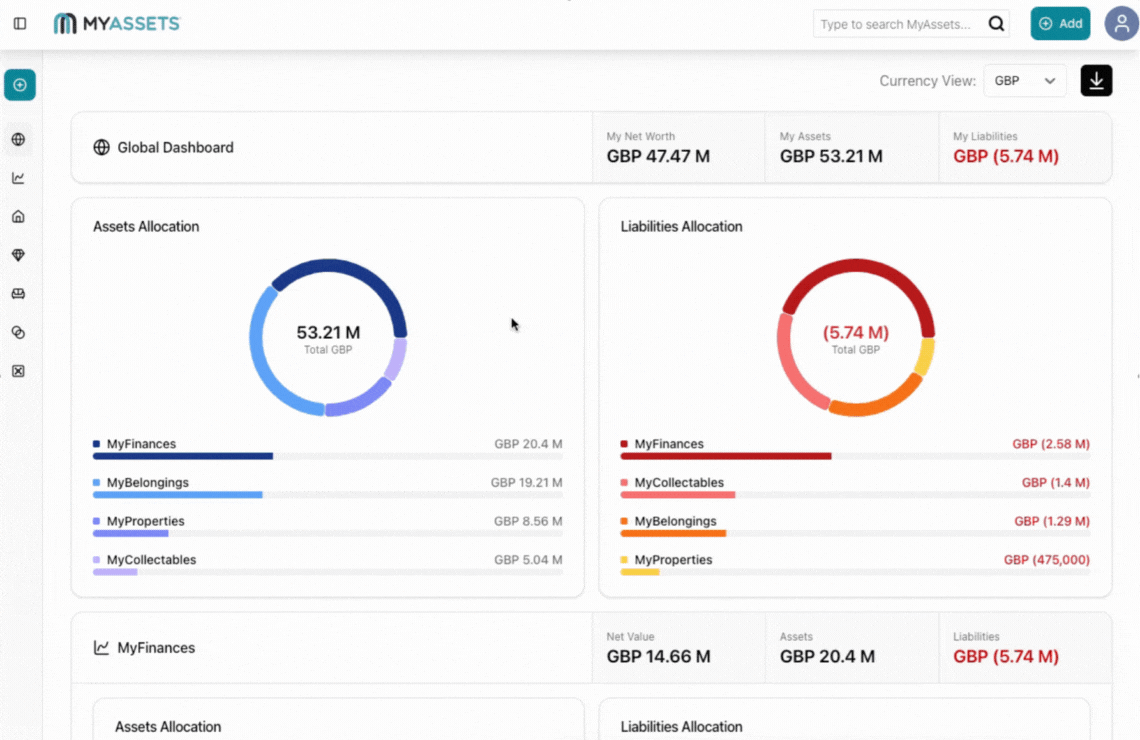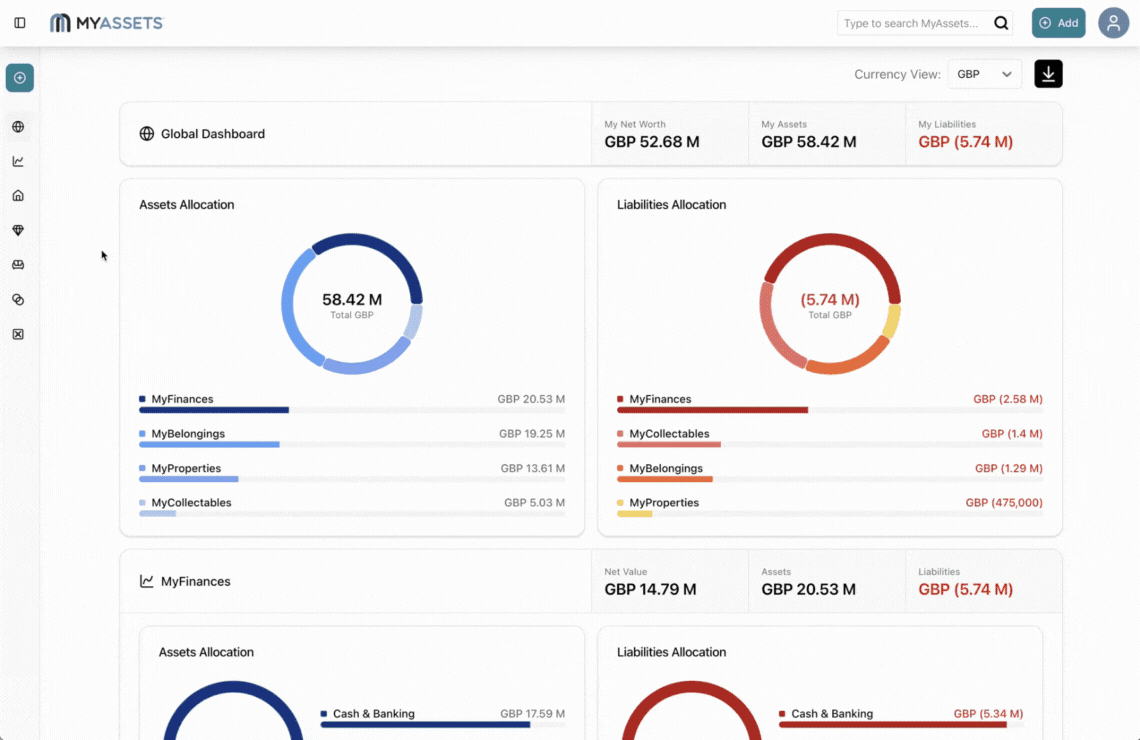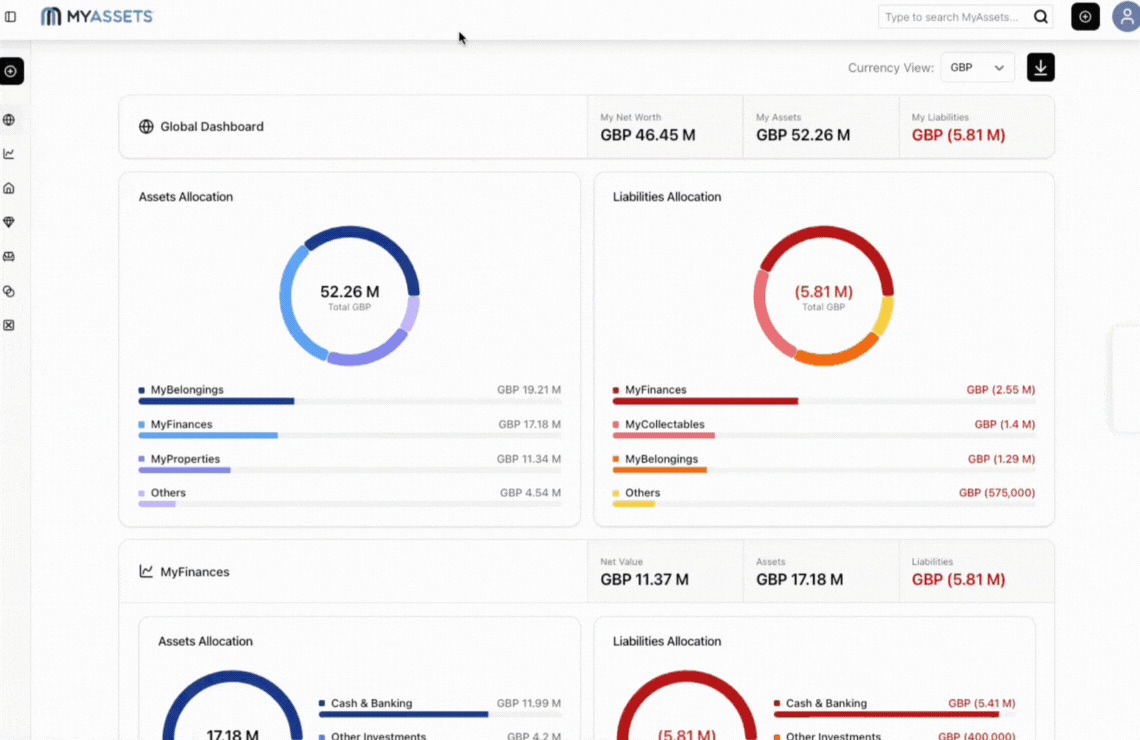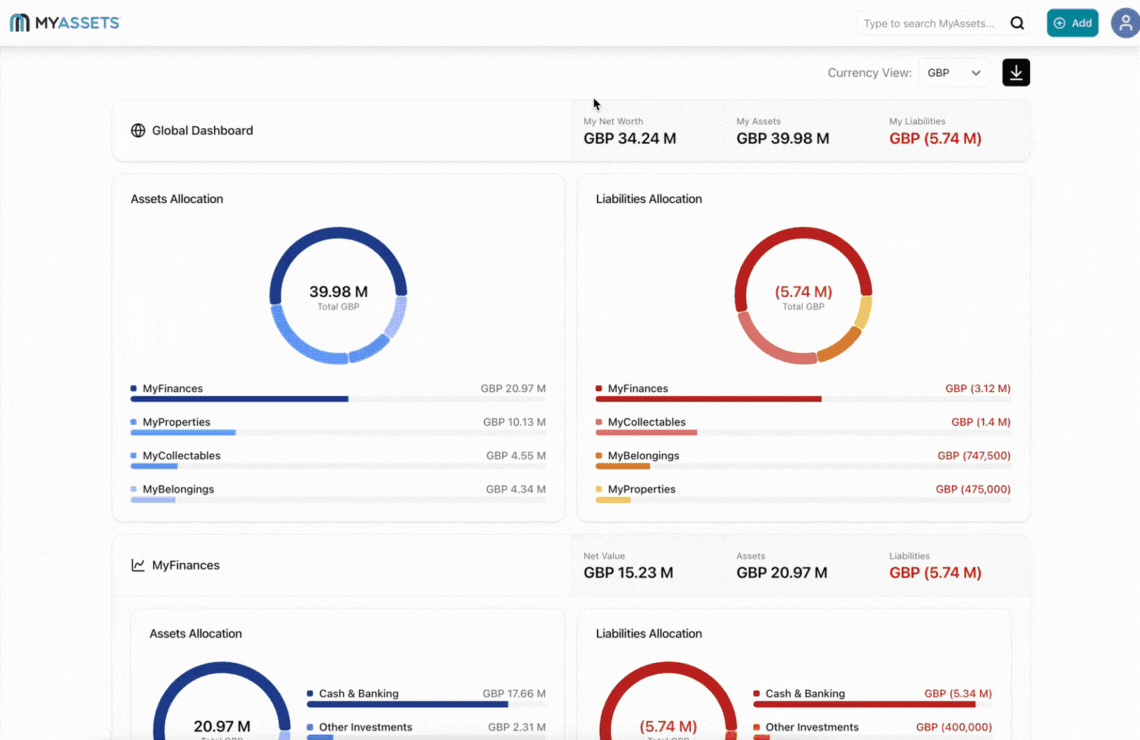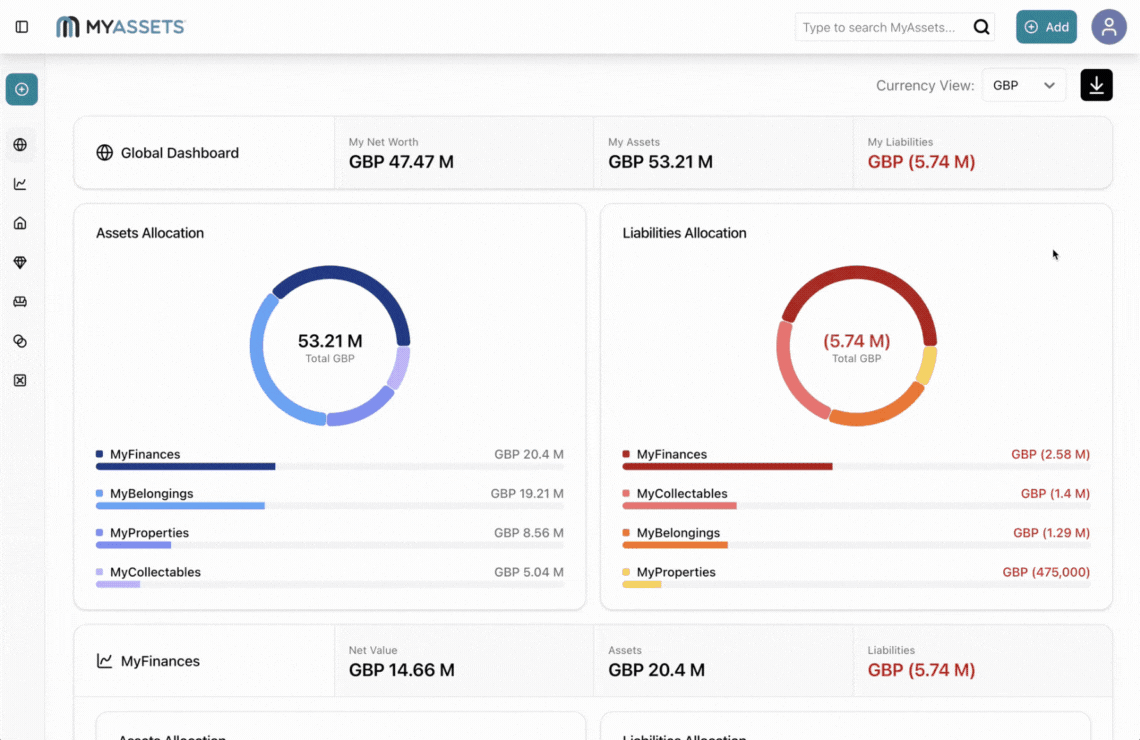In the ever-evolving digital landscape, managing multiple assets can pose challenges for individuals and organisations alike.
Around 80% of employees waste 30 minutes every day just to retrieve information about one specific asset. This report by Mintek Mobile Data Solutions, a US operations management software company, demonstrates how an inefficient asset management system can lead to significant productivity losses over time.
Besides the decline in productivity brought by manual retrieval of information, there are also cases where assets are lost or stolen. According to Moving Intelligence UK, there has been a 54% increase in tools and asset theft over the past two years. Improper monitoring and managing of assets exposes owners to vulnerabilities and make them likely targets for unauthorised access.
Fortunately, the best asset management tools have been developed to mitigate theft and loss. A prime example is an asset management app, which provides features like enhanced security, location tracking, automations, and efficient information retrieval systems.
All-in-one platforms like this can help high net worth individuals, asset owners and collectors of high value pieces feel at ease, knowing their prized possessions are safe and secure.
If you want to ensure maximum security for your financial assets, properties, heirlooms, or art and other collectables, then this article is for you.
The sections below will teach you what asset management is and the advantages you can enjoy when you use software asset management tools.
- What is an Asset Management System?
- Asset Tracking vs. Asset Management
- Asset Management System Examples
- Five Benefits of Asset Management Systems
- Increase the Visibility of Your Investments
- Boost Productivity
- Reduce Loss
- Organise Assets
- Minimise Compliance Risk
- Why Asset Management Software Matters
- Asset Management System: Frequently Asked Questions
What is an Asset Management System?
An asset management system is a structured approach to managing assets, using centralised data and analytics to improve oversight, optimise performance, and mitigate risk.
Today, individuals and organisations of all kinds streamline operations using specialised software asset management. By automating tedious tasks like searching through paper files or outdated spreadsheets, these tools give users quick access to vital information and enhance overall efficiency.
See Also: Powerful Apps to Take Control of Personal Asset Management
Asset Tracking vs. Asset Management
Compared to asset tracking, asset management encompasses a wider set of activities. Asset Tracking specifically focuses on the monitoring and recording of the location and movement of assets.
It uses technologies such as GPS, RFID tags, software or barcode systems to keep tabs on where your assets are and how they are used, as referenced in Forbes.
Asset Management, on the other hand, involves optimising asset utilisation, planning for future asset needs, and minimising asset downtime. An asset manager or your management system, plays a crucial role in integrating these three activities.
In simpler terms, tracking assets is one of the many tools used in asset management. Asset tracking solutions help you know the location, while asset management supports the planning of the entire lifecycle of assets, as noted by the Corporate Finance Institute. It ensures that your assets’ wealth is maintained, utilised, and aligned with your goals.
Asset Management System Examples
An asset management system establishes an indispensable framework by offering tools that help organise, track and manage assets. These systems empower these individuals to make data-driven decisions:
- High-net-worth individuals calculating net worth.
- Property owners who are managing property portfolios.
- Hobbyists organising unique collectables.
That brings you to the question: what are some examples of asset management systems? Here are a few widely used solutions.
Pen-and-Paper Method
One of the basic and traditional methods for asset wealth management is using pen and paper. While simple and technology-free, this approach has its challenges.
For example, searching for information can be time-consuming and labour-intensive, especially when dealing with thousands of assets. Practising this method can potentially reduce overall productivity.

Spreadsheets
Using spreadsheets is a more advanced way than the pen-and-paper method. It allows for making a detailed list of assets, including purchase dates and serial numbers. Spreadsheets make it easy to access, search, and organise assets at a basic level.
Despite their advantages, spreadsheets have their problems. For example, human errors, like accidentally deleting, copying, or entering data incorrectly, can lead to inaccuracies in asset information.

Asset Management Software
An asset management software offers a far more efficient approach than traditional methods such as spreadsheets or pen-and-paper. According to Techopedia, it is a specialised application used to document and monitor an asset throughout its entire life cycle, from acquisition to disposal.
It lessens your work by minimising manual recording of asset names, types, and the like. More importantly, the best tool offers features tailored to a specific asset type, such as:
- Collection Inventory: Organises and tracks assets (i.e. tracking artwork collections), heirlooms, cards and other unique items, providing valuation, provenance record, and location details.
- Financial Management: Monitors financial assets such as cash, insurance, traditional investments, and other investments by offering reporting and analytics.
- Property Management: Oversees real estate assets such as residential and letting properties by managing leases, maintenance, tenant records, and financials from a centralised platform.
However, despite its specialised features, this management software has its challenges. For instance, the initial set-up of the software may be time-consuming as it involves learning the system and familiarising yourself with the processes. Utilising customer support can help you in this challenge.
Five Benefits of Asset Management Systems
Having a system for managing your assets gives you several advantages. Here are the top five benefits of using an asset management system.
1. Increase the Visibility of Your Investments
Asset management involves tracking what you have, their locations, and how much they cost. Laurence Tindall, the founder of an IT e-learning provider, suggests that leveraging asset management repositories allows you to make well-informed and accurate decisions without relying on rough estimates.
Asset management software increases the visibility of investments by providing a centralised record of all your assets’ information.
A Dashboard for a Summarised View of Your Assets
To illustrate this in practice, consider the Dashboard feature within MyAssets, an asset management platform. It brings together every category of ownership, from properties and finances to private collections, summarising your total net worth, assets, and liabilities in one place.
Through visually appealing charts, the dashboard breaks down your asset distribution, transforming complex data into an easy-to-understand overview of your portfolio.
2. Boost Productivity
Documenting asset information can be time-consuming and labour-intensive. However, utilising asset management software reduces this burden by automating the processes of recording details, updating changes, and managing data. This automation not only reduces the manual effort of adding assets individually but also boosts productivity by streamlining the processes.
Additionally, The Network of European Museum Organisations (NEMO), reports that the primary advantage of digitising asset information is that it automates the retrieval of details from external sources such as physical documents. It also facilitates integration with various applications, expediting the data transfer process.
Bulk Import for a Streamlined Data Entry
In action, rather than forcing users to manually enter items one by one, asset management platforms like MyAssets offer a bulk-import feature. This allows users to migrate hundreds of items from their collections into the system simultaneously.
The process is straightforward: users simply download a standardised template, populate it with the required asset details, and re-upload the file to the platform. Within seconds, the software reads the data, categorises each entry, and populates the dashboard. This bulk-processing capability eliminates hours of repetitive data entry, ensuring that even the most extensive portfolios can be digitised and organised with minimal effort.
3. Reduce Loss
While many associate loss with theft, it can also occur in situations like damage or depreciation of assets over time. Asset management helps reduce these risks by storing records of asset conditions and periodic reviews –providing a clear and current understanding of asset performance.
Forbes emphasised the importance of having a detailed asset management system, noting that it enables informed decision-making regarding when to repair, sell, or upgrade an asset.
Edit Information to Update Records
Consider a quirky piece of art purchased five years ago for £1,870 that has since appreciated to a market value of £2,500. For a responsible collector, regularly updating these valuations is essential to accurately track the asset's financial performance.
However, maintaining a professional inventory involves more than just price tracking; here are several other critical details that require consistent updates:
- Beneficiary Allocation
- Condition Reports (new assessments, conservation treatments, damage or wear)
- Current Valuation (market appreciation/depreciation, updated appraisal reports)
- Dimensions or Attributes (revalidated measurements, added materials info)
- Location
- Number of Items
- Ownership Information
- Provenance Updates (newly discovered ownership history or documentation)
- Related Documentation (new certificates, invoices, receipts, letters of authenticity)
- Sales and Acquisition Notes (updated purchase details, broker information, or sale status)
- Storage or Environmental Requirements (climate control updates, security changes)
4. Organise Assets
Beyond cataloguing details of your assets, asset management allows you to organise assets in a more structured manner. It enables you to categorise assets according to their type, location, and condition –simplifying the identification of assets.
Whether you are managing a few dozen or thousands of assets, asset management ensures that they are locatable, facilitating efficient data retrieval and management of assets.
Simplify Asset Management with Groups
Effective management often hinges on logical organisation, which leads to a critical question: how should you categorise your assets in groups?
The Groups feature in MyAssets provides the answer, allowing you to build customisable groups that match your specific structure.
Rather than viewing a fragmented list, customisable groups can be created around shared attributes, from artworks grouped by style to properties by location or financial assets by risk profile. In this way, assets are easier to analyse, manage, and compare at a glance.
5. Minimise Compliance Risk
Asset management systems play a crucial role in minimising compliance risk by ensuring that asset files are secured and managed in accordance with regulatory requirements. A tool like asset management software then provides a centralised repository for storing vital records on asset acquisitions and compliance documentation.
According to a leading accounting company, Ernst & Young, utilising emerging technologies like asset management software allows compliance professionals to respond effectively to changing regulatory and investor demands. In this sense, asset management software is used to efficiently streamline operations for managing assets.
A Secured and Centralised Files with Document Vault
In real-world use, uploading relevant documents, such as invoices, certificates, appraisals, and contracts, is made easy with MyAssets’ Document Vault. Digitising these documents ensures secure backups that remain accessible even if physical records are damaged or destroyed.
Read More: How to Create a File Storage System in MyAssets
Why Asset Management Software Matters
Managing assets offers several advantages. It increases visibility, boosts productivity, reduces loss, organises assets, and improves decision making.
Both manual and advanced technology methods can help in this process. However, asset management software stands out for promoting asset use understanding and strategic planning in a simpler way.
With the right software, you can maximise the efficiency of your asset management.
Asset Management System: Frequently Asked Questions
1. What is an Asset?
An asset is something valuable like cash, property, vehicles or any item that has economic worth. It is owned or controlled by a person, group or business and has the potential to produce future gains.
2. What is Tracking Assets?
Tracking assets involves systematically recording and monitoring the location, condition, and other relevant details of your assets.
3. What is Asset Management?
Asset Management is the organised way of overseeing and optimising your assets, making sure they work efficiently and cost-effectively from acquisition to disposal.
4. Why Should You Track Your Assets?
Tracking your assets is essential for informed decision-making and efficient asset management. It provides valuable insights into their location, condition, and value. It also reduces the risk of loss from close monitoring and contributes to effective financial management based on data.
5. What are the Different Methods of Asset Tracking?
When you manage a portfolio of valuable pieces, asset tracking can be done using a variety of methods such as the traditional pen-and-paper approach, spreadsheets, QR Codes, RFID, GPS, etc.
Maximise Efficiency with MyAssets
Asset management involves tracking, organising, and managing assets, making asset management tools like MyAssets essential.
For MyAssets, specifically, its intuitively designed web app streamlines the tracking and organisation of your asset information. This gives you the ability to monitor and capitalise on your resources anytime, anywhere.
Experience the benefits of MyAssets' comprehensive asset management platform firsthand. The platform can be explored in detail at app.myassets.com.
